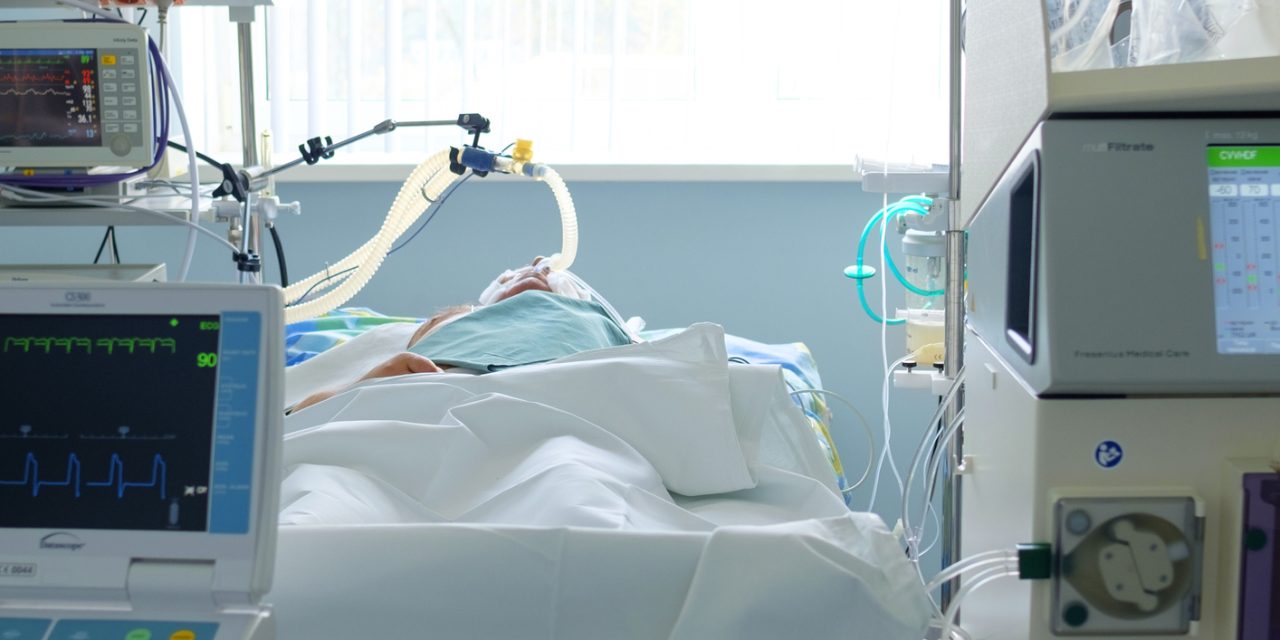Fibrosis is the endpoint of ongoing illness in various organs, including the skin, heart, lungs, digestive tract, liver, and kidneys. Pathologic amassing of fibrotic tissue brings about a deficiency of primary respectability and capacity, with resultant expansions in grimness and mortality. Understanding the pathways overseeing fibrosis and distinguishing helpful focuses inside those pathways is important to create novel antifibrotic treatments for fibrotic infection. A few endeavors around there, be that as it may, have been frustrated by IL-10’s pleiotropic and now and again clashing impacts. A more profound, relevant comprehension of IL-10 flagging and its connection with effector cells, especially invulnerable cells, will be basic to future investigations in the field. Given the association among irritation and fibrogenesis, Interleukin-10 (IL-10) has been a focal point of potential antifibrotic treatments due to its notable part as a mitigating go between. Regardless of the evident uniqueness of illnesses related with fibrotic movement, pathways including IL-10 give off an impression of being a moderated atomic topic. All the more as of late, numerous gatherings have attempted to create novel conveyance instruments for recombinant IL-10, for example, hydrogels, and cell-based treatments, for example, ex vivo actuated macrophages, to straightforwardly or in a roundabout way tweak IL-10 flagging.
Reference link- https://www.liebertpub.com/doi/10.1089/wound.2019.1032


